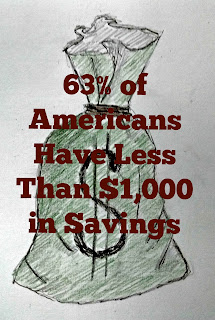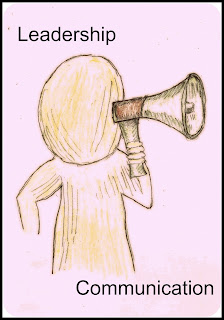Effective
sales people understand the selling continuum. They work to add value and build
positive relationships with customers and gain their customer’s commitment. Sometimes this happens quickly and other
times objections occur during the sales process which increases the time it
takes to gain the commitment of the customer. Moving customers through the selling
continuum so they can make a well informed decision is what successful sales
people do. It is not always easy. An
important factor in gaining the customer’s commitment is the ability of the
sales people to understand and effectively respond to customer objections.
What is an objection? Simply put, an
objection is a question or concern. You
may experience objections when you are prospecting for new business, during a
sales call and in a presentation. You may see objections when you try to close
and gain commitment or even after you have closed a sale and the customer has
experienced the product or service.
Customers
will object for many various reasons. The most common objections usually fall
in the area of pricing, product, need, source, and time (Weitz, Castleberry and
Tanner, 2001). Objections occur during the selling process and they can occur
in everyday life. For example, you are presenting an idea to a group and during
the presentation someone rises up and presents an objection. They state they do
not have the time to implement your idea and they do not see a need for it
right now. This is a time and need objection.
Responding
to a customer’s objections is a responsibility of the salesperson. Here are
some examples in these areas that I have experienced in my sales and marketing
career to help you see more:
·
Price
Objection: We negotiated
terms and conditions of a major sponsorship agreement for a sports venue. In
the middle of the selling continuum the customer presented price objections. We
listened and did not interrupt the customer as they shared their concerns. We focused
on unmet needs and evaluated concerns. It was discovered the customer had unmet
needs for advertising and customer traffic. We made adjustments, innovated and
designed a value-added discount coupon on our packaging that drove traffic into
the venue. This simple promotion was easy to execute and we further enhanced
our relationship and trust, to further strengthen our partnership. Plus, we
were able to improve our overall net pricing.
·
Product
and Need Objections: We were trying to gain new business from a
large chain of fast food outlets that sold our competitors’ products. When we attempted to set up an initial
appointment we heard many objections. They felt our products were not needed and
our products would not do any more for their business than their current
supplier’s product. They seemed satisfied with their current supplier. We did
not try to force a situation nor spend time trying to convince the customer to
consider us. We listened to the customer, evaluated the situation, and we
remained professional and consistent. Occasionally, we would stop by to present
an idea or two to keep the customer in our selling cycle. The end result was
after a six-month period our efforts paid off and we were given the opportunity
to present our innovative ideas, programs, and were successful in matching our
capabilities to the customer’s needs. A great partnership evolved and
eventually we gained the business and the customer’s commitment. In turn, we
gained incremental sales which came directly from our competitor.
·
Source
Objection: Providing high quality customer service and care is
a key component in building successful relationships and trust. When a company
does not provide quality customer service and care and does a poor job
following through on service-related issues trust can be damaged and lost. It
can sometimes lead to losing the account. We were always proactive in this area
and any service- related issues that happened and were not to standard we thoroughly
evaluated to find the cause. We evaluated each one closely. We developed
feedback tools, improved standards and provided training to ensure our customer
service and repair averages were kept at the highest level. This prevented source objections.
Responding
to objections is an important part of what sales professionals do. When on sales
calls and in the selling continuum, we need to remember objections may arise and
we should be prepared to handle them by being helpful and positive. Objections
are simply questions or concerns. They are a normal part of the selling process.
Successful sales professionals should always listen attentively and work to understand
their customers’ point of view and address their customers’ questions and
concerns. They need to prepare effective responses that will help their
customers move forward in the selling continuum so they can make well-informed
choices. Being positive and handling objections professionally builds
credibility and trust. This helps us gain the customer commitment and builds
successful relationships and partnerships.
Here
are some additional insights and tips on objections from Selling and Persuasion
Techniques.com:http://www.sellingandpersuasiontechniques.com/sales-objections.html
Weitz, B. A., Castleberry, S. B., & Tanner, J. F.
(2001). Selling building partnerships (4th ed.). New York,, NY:
Mcgraw-Hill Irwin.
Bill
Davis, MA, CM
Faculty
– Forbes School of Business at Ashford University
Author/Educator/Consultant/Speaker
My
articles cover topics on management, leadership, business, marketing,
professional selling, organizational change, motivation, adult learning and
development and personal and professional career success.




